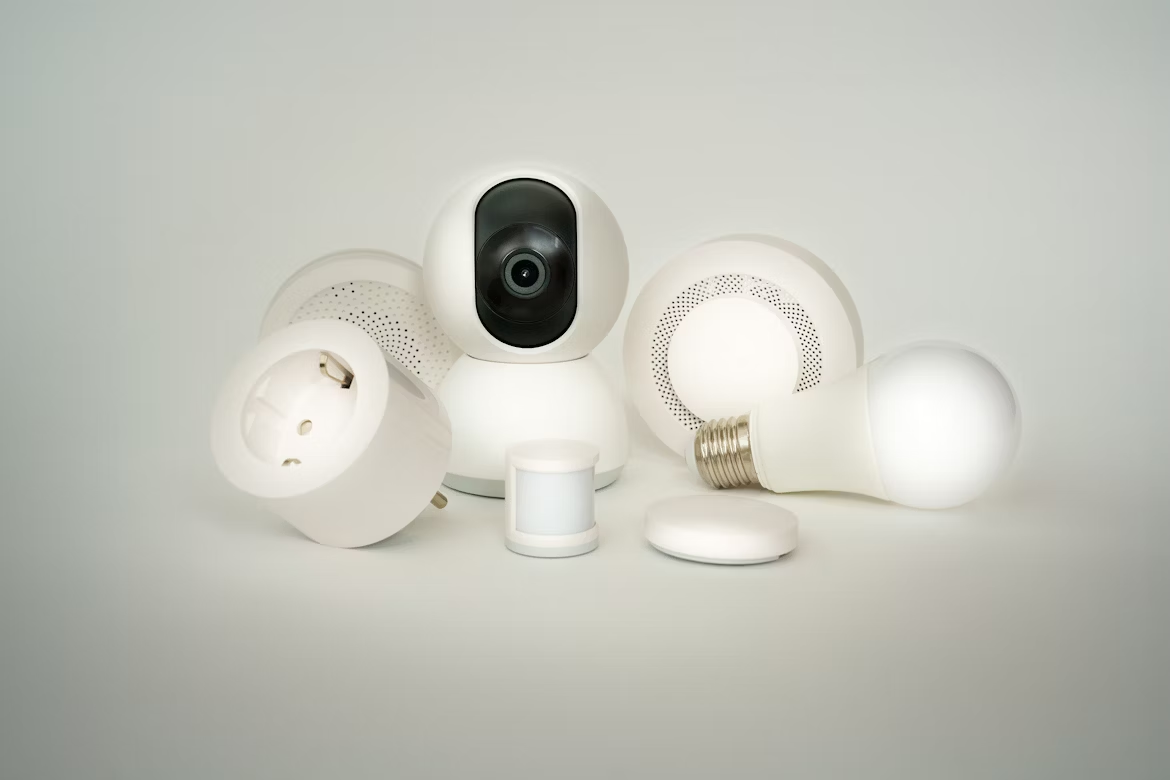Technology continues to shape the way people live, work, and interact. From the way individuals communicate to how businesses operate, innovations in connectivity, smart devices, and digital platforms are transforming everyday experiences. These developments create opportunities for convenience, entertainment, and security that were unimaginable just a few years ago. Understanding how these technologies operate and the potential benefits they bring helps people make informed decisions about adoption and integration into daily life. As digital systems become more sophisticated, they also influence social behavior, professional productivity, and the broader digital economy.
Emerging Entertainment Technologies
Virtual reality and augmented reality are changing how people experience content. Users can explore immersive digital worlds or overlay information onto their surroundings, creating interactive and engaging experiences. Streaming platforms use artificial intelligence to tailor recommendations and predict preferences, ensuring that content aligns closely with user interests. These technologies are increasingly applied in entertainment and educational settings, making digital experiences more compelling.
Technology is also used by some of the best offshore casinos in 2025 to improve online services. They implement secure transaction systems, instant deposits, and interactive interfaces, showing how digital tools can provide reliable and engaging platforms. Beyond gaming, these technological approaches are reflected in streaming services, social media apps, and online collaboration tools. Platforms such as Netflix and Twitch, for example, benefit from similar AI-driven systems to deliver personalized content efficiently while maintaining robust security measures.
Smart Homes and Connected Devices
Home automation continues to expand with devices that respond intelligently to user behavior. Smart thermostats like Nest adjust temperatures based on daily routines, while smart lighting systems can change intensity or color through voice commands or mobile apps. Smart security cameras, such as Ring, offer remote monitoring and alerts, providing convenience and safety simultaneously. In addition, smart door locks allow keyless entry and notifications, and water leak detectors can prevent costly damage by alerting homeowners immediately.
Efforts to improve interoperability between devices are ongoing. Connecting appliances from different manufacturers reduces friction and enhances usability. Clear interfaces, consistent updates, and reliable networking ensure systems operate smoothly. These advancements allow homes to become more responsive, offering increased control over environments and more efficient energy management. Integration with voice assistants and mobile apps allows users to manage multiple devices at once, improving convenience and saving time.
Artificial Intelligence in Daily Life
Artificial intelligence tools are becoming a practical part of daily life. Applications like Grammarly help with writing, while AI-based scheduling assistants like x.ai streamline planning and meetings. Machine learning algorithms analyze patterns to support decision-making and simplify complex tasks, making both personal and professional activities more efficient. AI-powered recommendation engines in streaming platforms also suggest personalized content, adding convenience and enjoyment for users.
Predictive maintenance and automated problem-solving continue to expand AI applications. For example, smart thermostats can learn usage patterns to anticipate energy needs, and AI health trackers monitor activity and provide feedback on fitness progress. These tools illustrate how AI can simplify tasks and enhance user experience across multiple areas. Virtual assistants can manage emails, set reminders, and even suggest productivity improvements based on user behavior.
Digital Security and Privacy
As technology becomes more integrated, security and privacy are central concerns. Encryption, multi-factor authentication, and real-time monitoring are critical to safeguarding sensitive information. Users increasingly expect transparency from providers regarding how their data is used, stored, and protected. Personal privacy dashboards now allow individuals to control permissions for apps and devices, giving users more control over their digital footprint.
Businesses invest in continuous security monitoring and rapid response protocols. Security teams can detect threats in real time, deploy updates, and mitigate risks before issues escalate. Services like LastPass and NordVPN demonstrate practical solutions that provide users with secure access and protect personal information online. Organizations also employ employee training and simulated phishing tests to strengthen overall security awareness.
Connectivity and Network Innovation
Connectivity technologies continue to evolve, offering faster speeds and more reliable networks. 5G technology provides low latency and high bandwidth, enabling applications such as remote telemedicine consultations and real-time collaborative work on platforms like Microsoft Teams. These improvements support both personal and professional use, enhancing how people interact with digital services across devices. Cloud-based gaming and virtual office tools also rely on this infrastructure for seamless performance.
Edge computing is another development reducing dependence on central servers. Processing data closer to devices improves responsiveness and efficiency, benefiting real-time analytics and autonomous systems. Smart traffic management in cities, for example, uses edge computing to adjust signals based on live conditions, demonstrating practical applications that improve everyday life. Additionally, industrial IoT devices use edge computing to optimize production lines and reduce downtime, illustrating benefits beyond consumer technology.
Conclusion
Technology is transforming daily life across entertainment, smart homes, artificial intelligence, cybersecurity, and connectivity. Innovations provide convenience, efficiency, and engagement while creating new opportunities for interaction and productivity. Observing these trends highlights how digital systems continue to evolve. As technology integrates further into personal and professional contexts, users can expect greater responsiveness, improved security, and enriched ways to engage with the digital world.


